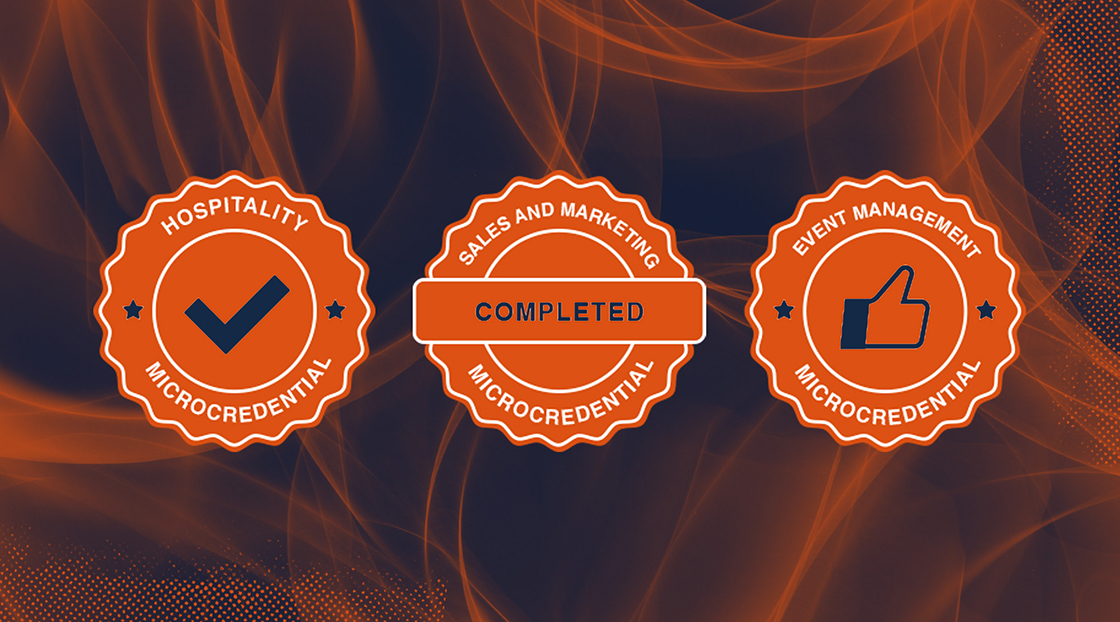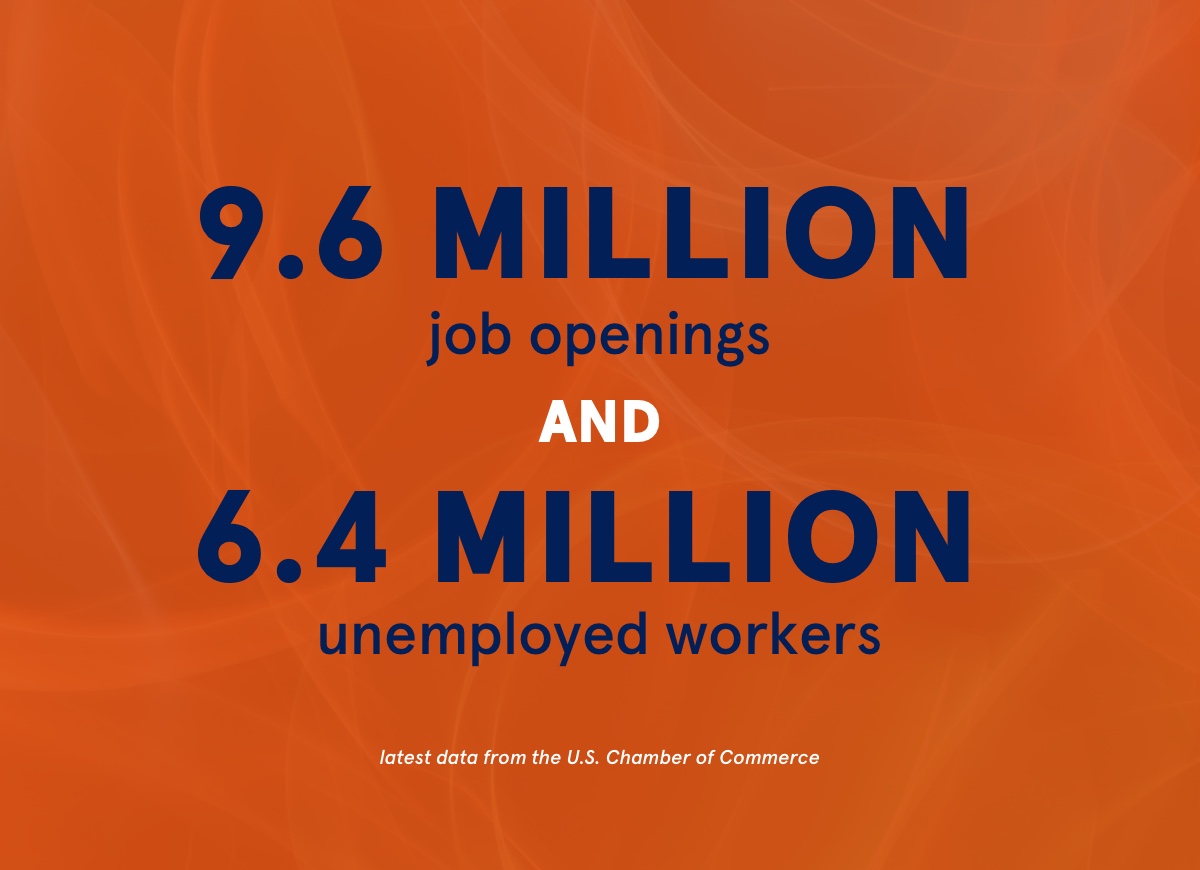In the last 20 years, virtually every industry has experienced disruption. High-tech innovation and changes in customer expectations are driving it. Advances in information technology raise expectations of speed and mobile usage. Personalization of our economy has changed the way customers interact with brands. Brands are expected to adapt by providing customized offerings as quickly as possible.
The same holds for higher education. The landscape has changed. Students are seeking just-in-time, personalized education options. They want to build skills for immediate use in the marketplace. The proliferation of online certifications puts tremendous pressure on higher education to offer something besides the traditional four-year commitment and the hefty price tag.
Employers are feeling it too. The demand for workers continues to increase. Businesses compete to fill positions with the most skilled and competent employees they can get.







